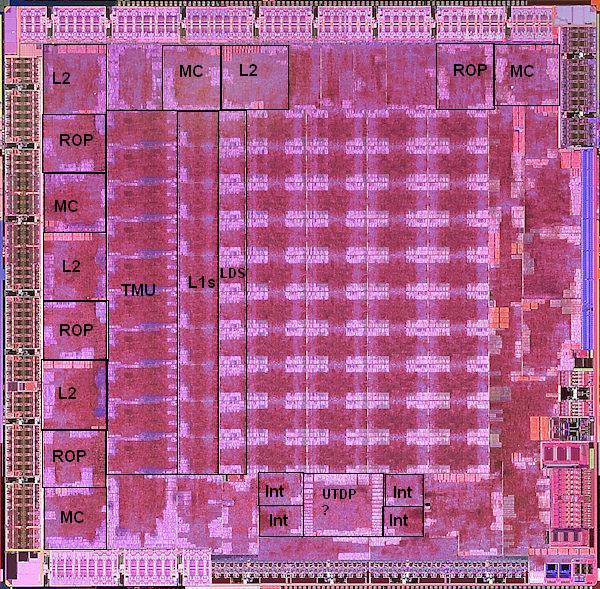Disorientator
Member
I'm not really worthy of this thread (knowledge + language), but I've been wondering if this AMD patent application titled "DYNAMIC CONTROL OF SIMDs" (filed 07/12/2011) has anything to do with the Wii U GPU (or CPU - I'm clueless).
It could be totally generic and already being widely used on a bunch of -commercial- GPUs, so be nice (searched thread/gaf)
(searched thread/gaf)
It tickled my interest because it's aimed at reducing power consumption and achieving "optimal usage of the graphics processing unit" and because of the time-frame it was filed (July 2011).
I understand that it's something that doesn't have to be exclusive to the WiiU - I'm just asking of what are the chances it's being used here.
Summary:
/resumes lurking mode
It could be totally generic and already being widely used on a bunch of -commercial- GPUs, so be nice
It tickled my interest because it's aimed at reducing power consumption and achieving "optimal usage of the graphics processing unit" and because of the time-frame it was filed (July 2011).
I understand that it's something that doesn't have to be exclusive to the WiiU - I'm just asking of what are the chances it's being used here.
Summary:
Embodiments of the present invention enable power saving in a graphics processing unit by dynamically activating and deactivating individual SIMDs in a shader complex that comprises multiple SIMDs. On-the-fly dynamic disabling and enabling of individual SIMDs provides flexibility in achieving a required performance and power level for a given processing application. In this way, optimal usage of the graphics processing unit can be achieved.
...
Embodiments of the present invention can be used in any computing system (e.g., a conventional computer (desktop, notebook, etc.) system, computing device, entertainment system, media system, game systems, communication device, personal digital assistant), or any system using one or more processors.
/resumes lurking mode





